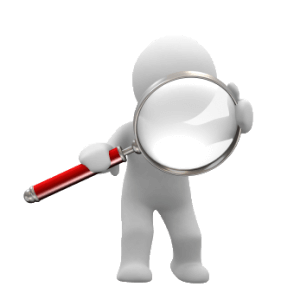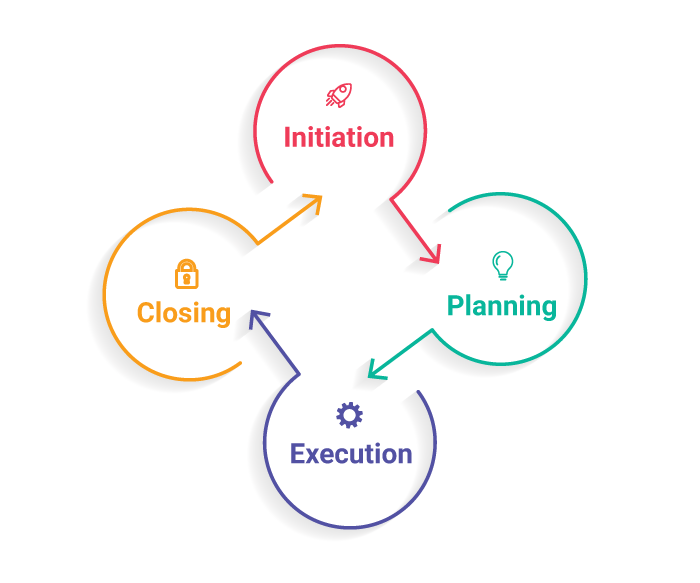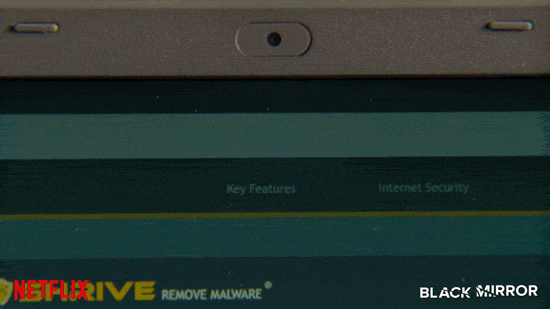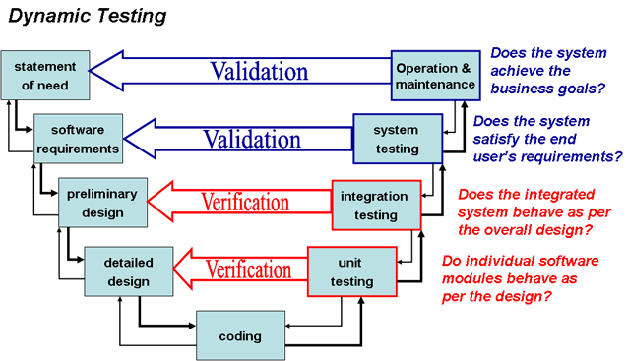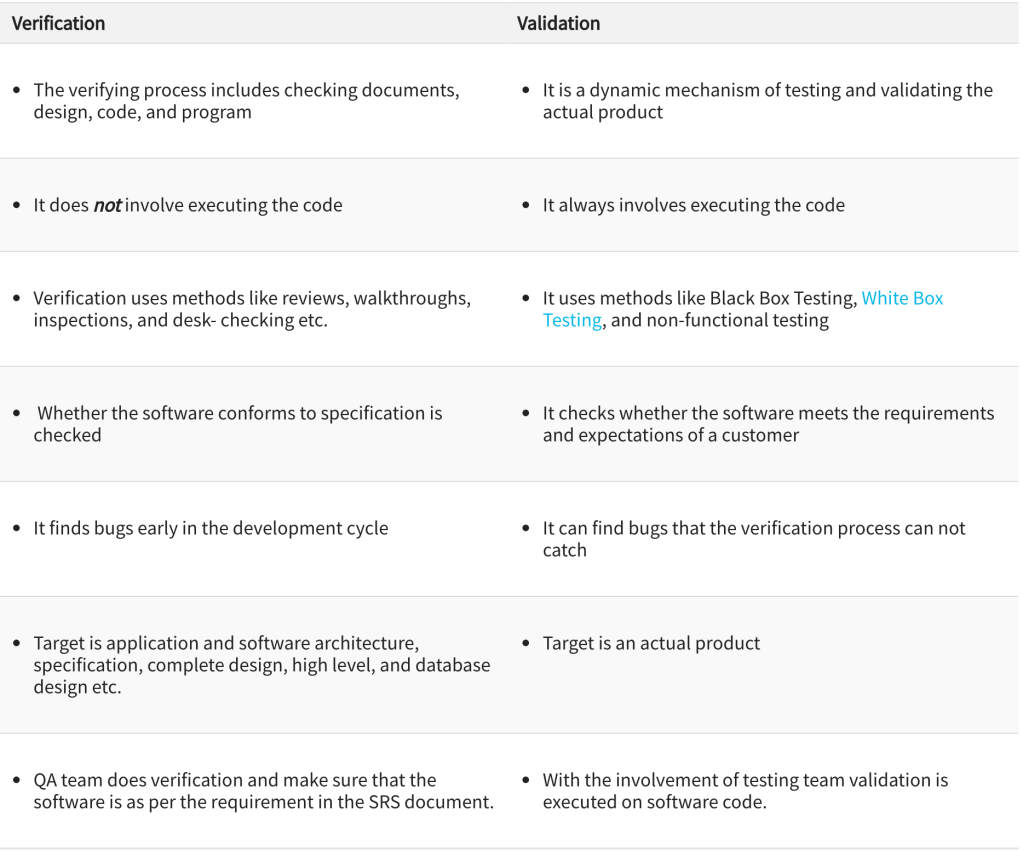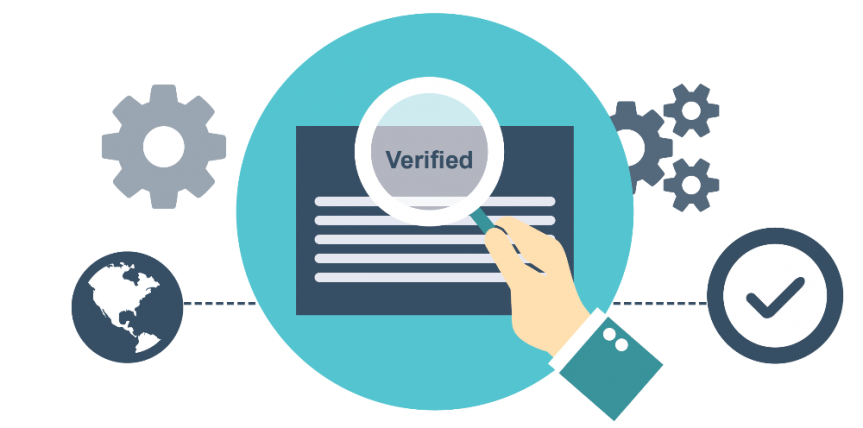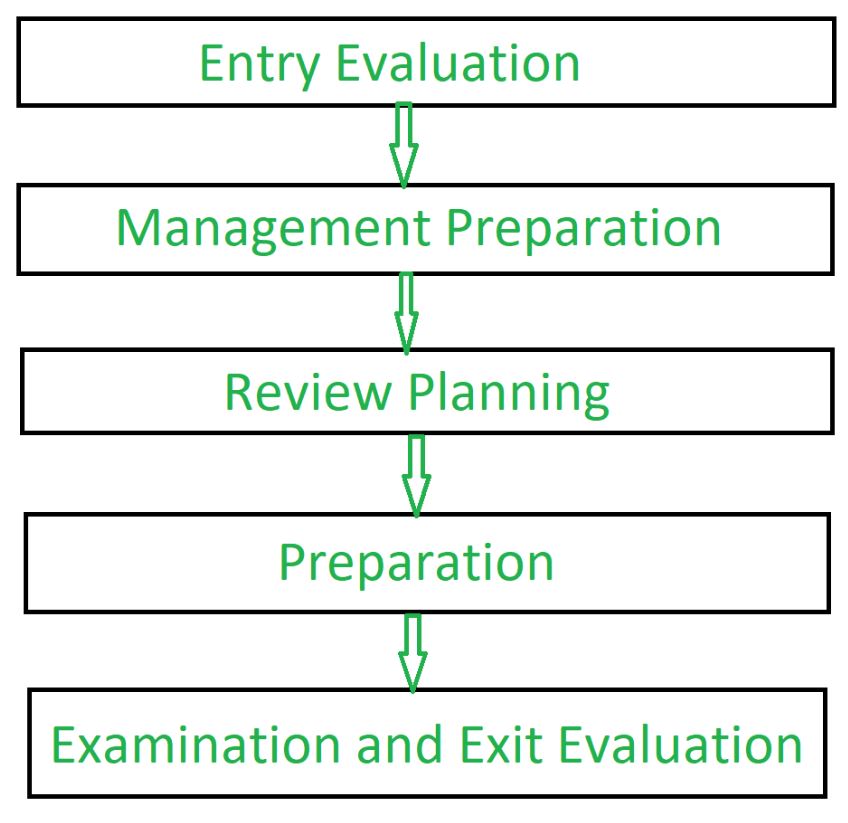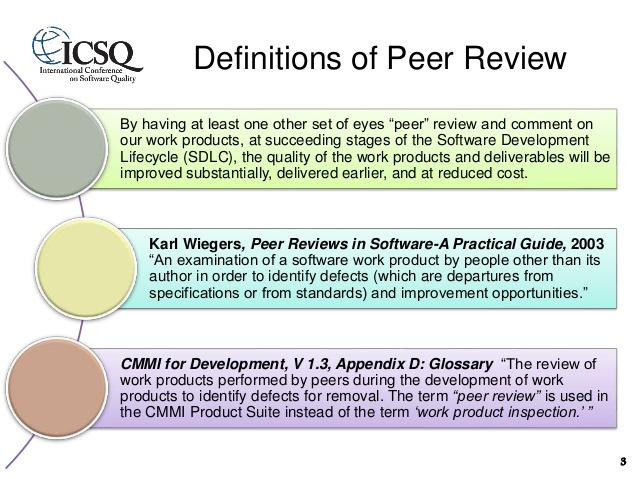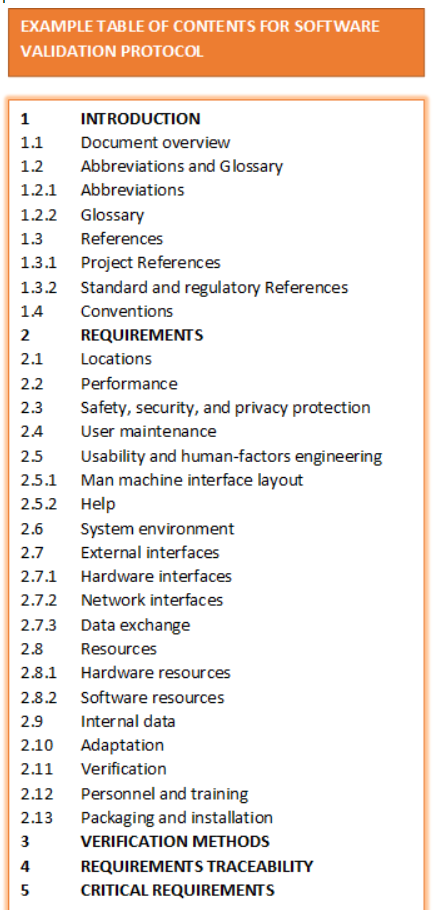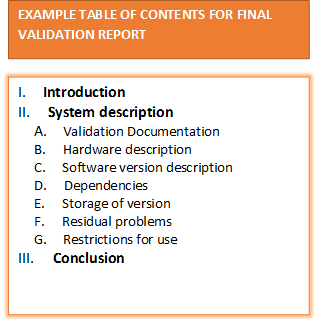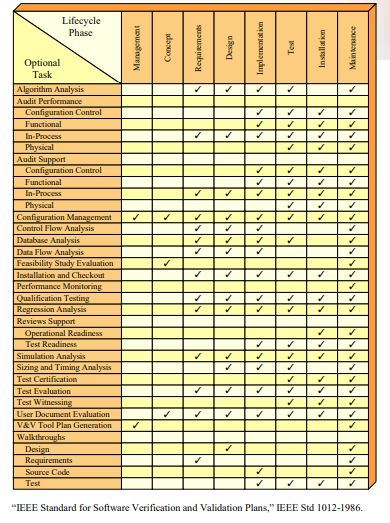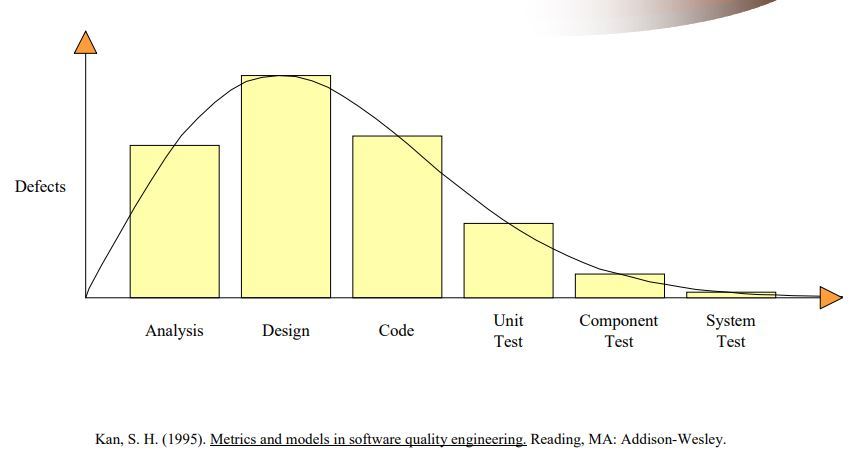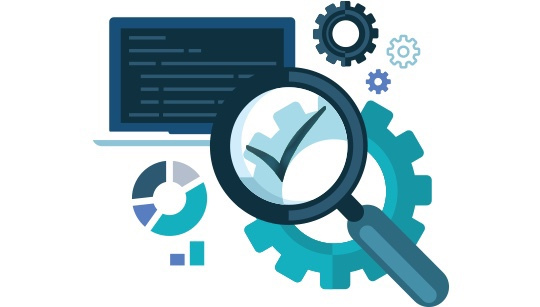The last time we talked bout the Validation and Verification process, the diference between these two and how to select and do a V&V planning, this time is going to be a little different it is going to be about software review.
- Definitions and characteristics of software review
- Activities and roles in each review
- How to retrieve the key work products, plans, requirements, design and code
Defining software review
In software there are some features that must be analized as a part of the software review, software review is a process that ensures that all the measurements of the system are on top, which means that reviewing our code.
- Software quality: We have talked about software quality before, and in this definition we explained that software quality goes with the client, the more satisfied the client the higher the quality, but even the proceddures and funtionalities implementes play an important role in software quality.
- Software quality assurance, this is a methodology to ensure that a software at the end of its life cycle it is now considered software of quality
Types of review
- Internal review: the old classic review method, in which the software is distributed to many people and tell them to try the system and review the proyect to get feedback.
- Walkthrough: In this process all of the involved participate in each of the phases to make sure that most of the posibilities are considered
- Inspection: isnpection is kinda similar to walkthrough but a little more rigorous
- Testing: Testing is the most basic type of review, because everyona can do it, it helps to know what the system is capable of, where does the system break and get information about how does the system works.
- Peer: Focuses on the tecnical content and quality of the system, this review is worked with other developers
- Management: Evaluates the level of work status, where all the future descisions of the systems are taken
- Audit: In which people not related to the system try the system and evaluate possible scenarios about the system, with purpose of getting new ideas of the system

- Objectives and Scope: In order to ensure tha idea becomes sucessful
- Project Planning: To ensure that the selected objectives follow the plan selected to do a good review
- Executing the plan: In this phase all procedures of the plan are executed, all the reviews and analisis needed for the system.
- Measuring and Monitoring: Now wih the evaluation of the plan is time to meassure the level of quality and V&Vness of the system, to make sure it has reached the desired level
- Post Project Review: At the end of the cycle it is documented the results of the review to check wheter another review is needed or if we have finally reached our goal.
During the inspection phase there are some aspects:
- The average preparation effort per unit of material
- The average examination effort per unit of material
- The average defect number found per unit of material
- The average hours spent to find a defect
- The average number of serious defects found per unit of material
- The average number of hours required finding a serious defect
During inspection process there are six main steps:
- Planning
- Presentation
- Preparation
- Meeting
- Rework
- Follow-up
- Objectives
- Inspection Staff
- Rules
With these considerations now you must be able to do a fully review of the system, to check wheter it fulfills the quality, V&V levels desired, with their proper standars. Software review is important because it helps to make sure that the system not only it is considered as quality system but you make sure that every posible case of the system is now checked and the system can be runnable with no issues, distributed and ready to life its life.
Most addictive game in this quarantine
Genshin Impact: This is probably one of the few games that traps the user as soon as they enter the game, genshin is an open world game in which you can play with many characters as you explore the two different regions that are available in the game, defeating bosses, exploring dungeons, using elemental powers such as: electro, geo, hydro, cryo, pyro, and anemo, there are so many things and combos than can be perfomed withing the game, the only problem is that is a gacha game, this means that if you want yo can pay to the game, because most of the characters are obtainable through loot boxes, which are not easy to obtain inside the game, adicitive, fun and really good.


